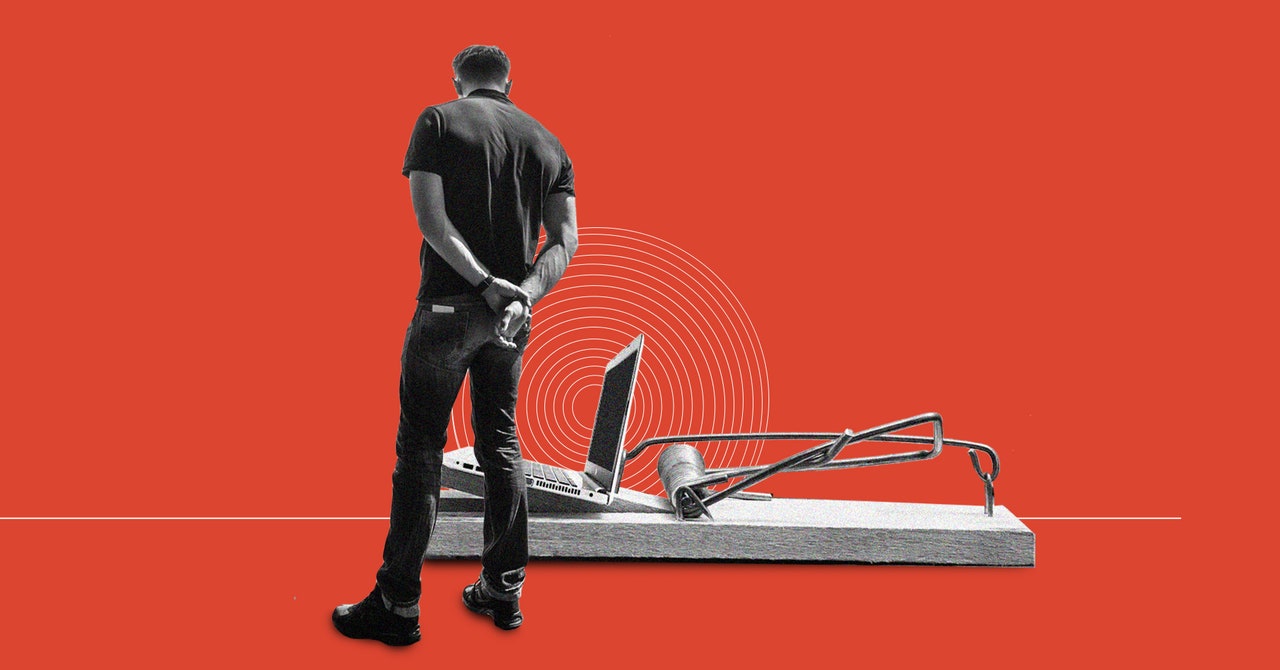Scammers are quick to sense an opportunity to get you to click on something you shouldn’t, whether it’s the rise of a celebrity singer or the spread of a new coronavirus. It’s important to be able to spot these cons and give them a wide berth—otherwise you could find yourself stuck with malware on your device, or see your online accounts exposed, or find some of your most sensitive financial information leaked out on to the web.
The good news is that minimizing your risk of getting caught out isn’t difficult; it just requires a bit of common sense and some extra caution. Here’s what you need to know about staying safe and avoiding the crooks.
Keep Up to Date
Today’s operating systems, web browsers, and email clients have gradually become very good at spotting a scam—a dodgy link, a dangerous attachment—which means they’ll often protect you from harm even if you’re not paying attention.
For this to work though, you need to have all your software patched up with the latest updates. These updates will include protection against the most recently discovered threats, and new fixes for any security vulnerabilities that have recently come to light.
The vast majority of devices and apps you use will update themselves automatically. But if something is stopping the update, like a lack of space on your phone, don’t delay in fixing it. It’s no coincidence that a lot of the worst security breaches happen on older systems.
You can check for updates on Windows through Update & Security in Windows Settings, on Mac through Software Update in System Preferences, on Android through System, Advanced, and System update in Settings, and on iOS through General and Software Update in Settings.
This mantra to “keep up to date” applies to staying in touch with the latest news in tech as well. It doesn’t usually take long for news of a big scam to reach the press, and if you’re giving the headlines at least a cursory glance every day then you’ll be in a better position to spot something untoward.
Stay Locked Down
When

